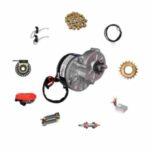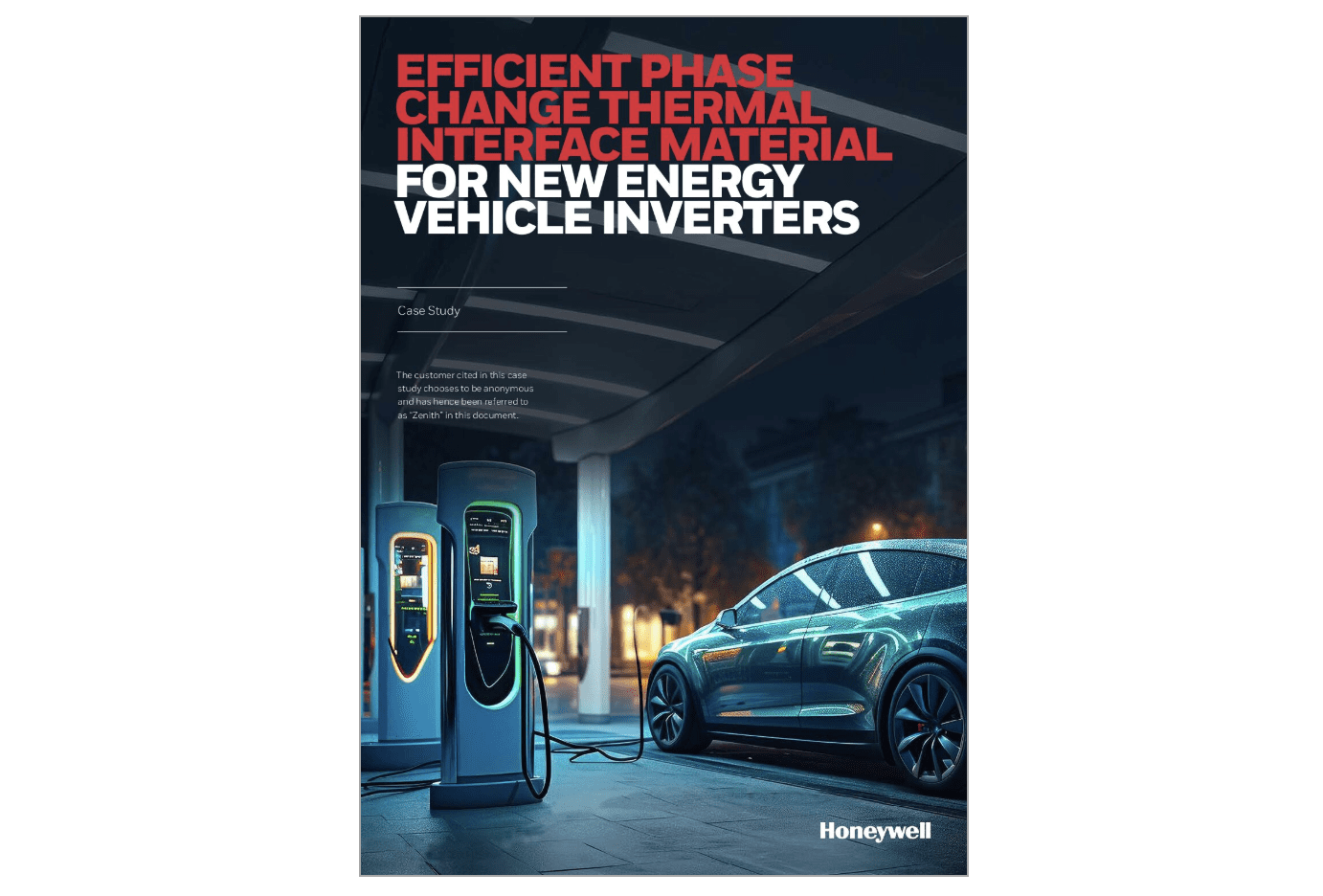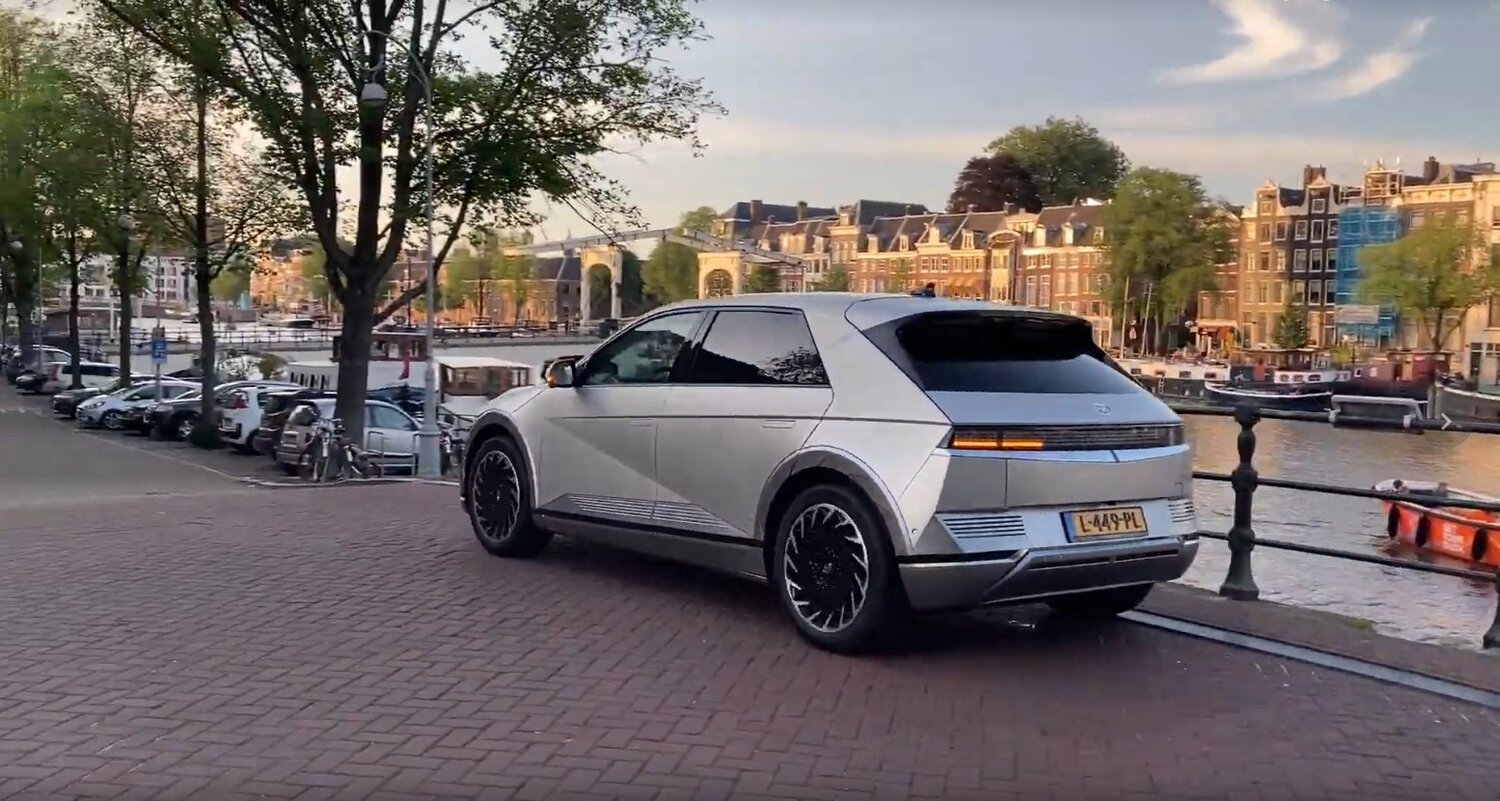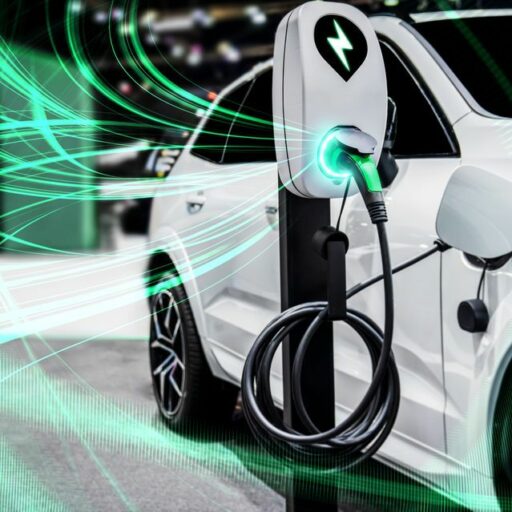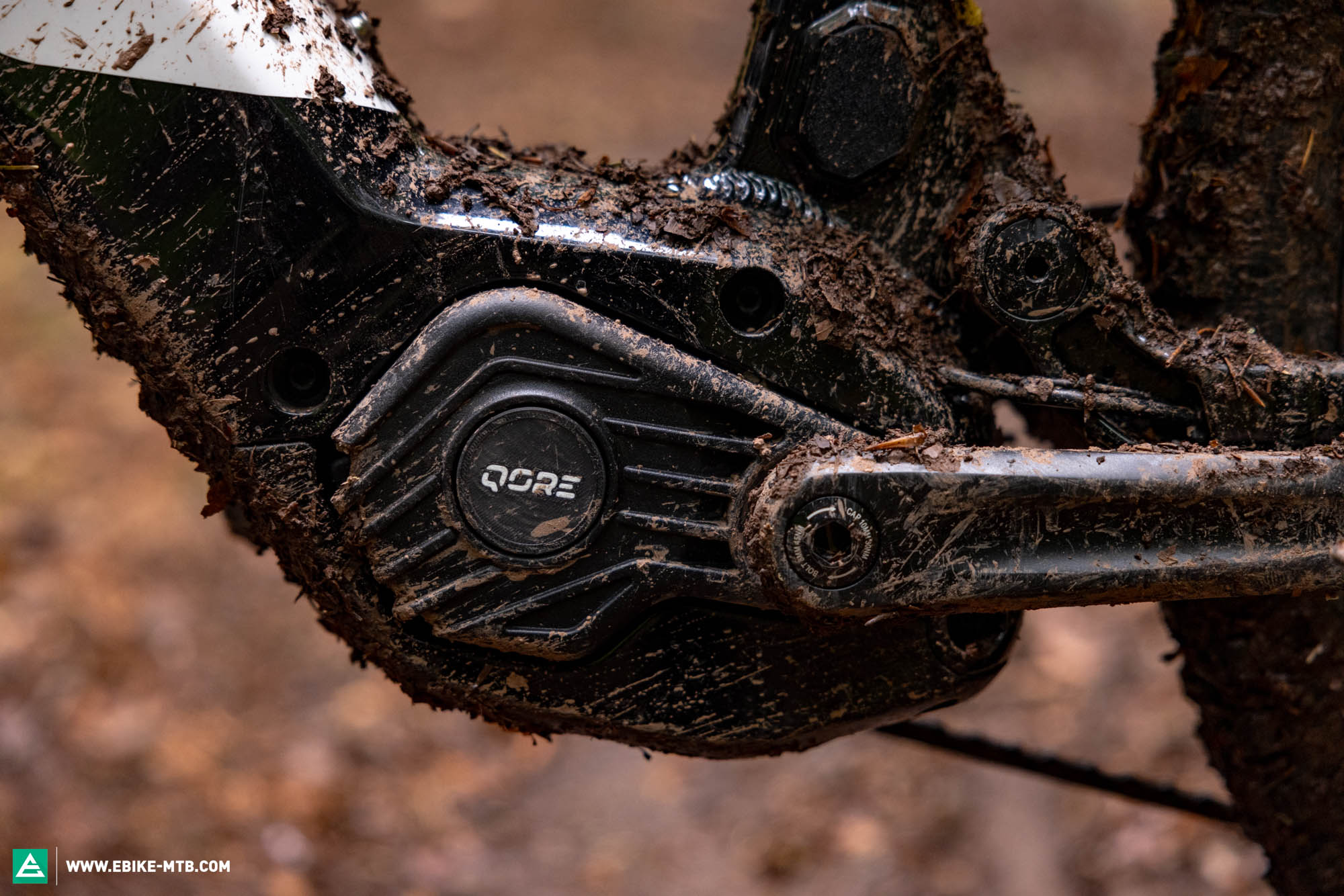
The Qore Drive³ Peak by Brose isn’t exactly an unknown name – at least not for the most eagle-eyed eMTB fans. It first made its debut back in 2023 at Eurobike, then disappeared from the spotlight for a while. It wasn’t until spring 2025 that it re-emerged in a big way, powering the latest Specialized Turbo Levo 4. Hidden behind custom logos, proprietary software and tweaked hardware from the Californian bike manufacturer, the motor stayed largely under the radar. While Specialized tailored it extensively to their own needs – with internal motor modifications and a fully-integrated ecosystem of display, remote, software and app – the Qore Drive³ Peak is now stepping out of the shadows with its official solo release. So, is the Qore Drive³ Peak by Brose a late bloomer or already past its best?
With 95 Nm of torque, up to 600 watts of peak power and a 600% support ratio, the new Qore motor looks decent on paper, though it’s hardly setting new benchmarks. But as we all know, numbers only tell half the story.
The more interesting question is: does Brose’s solo debut still have untapped potential? How does the Qore Drive³ Peak by Brose fare out on the trail? And how different does it feel compared to the S-Works 3.1 motor? We put both to the test in a direct comparison to find out.
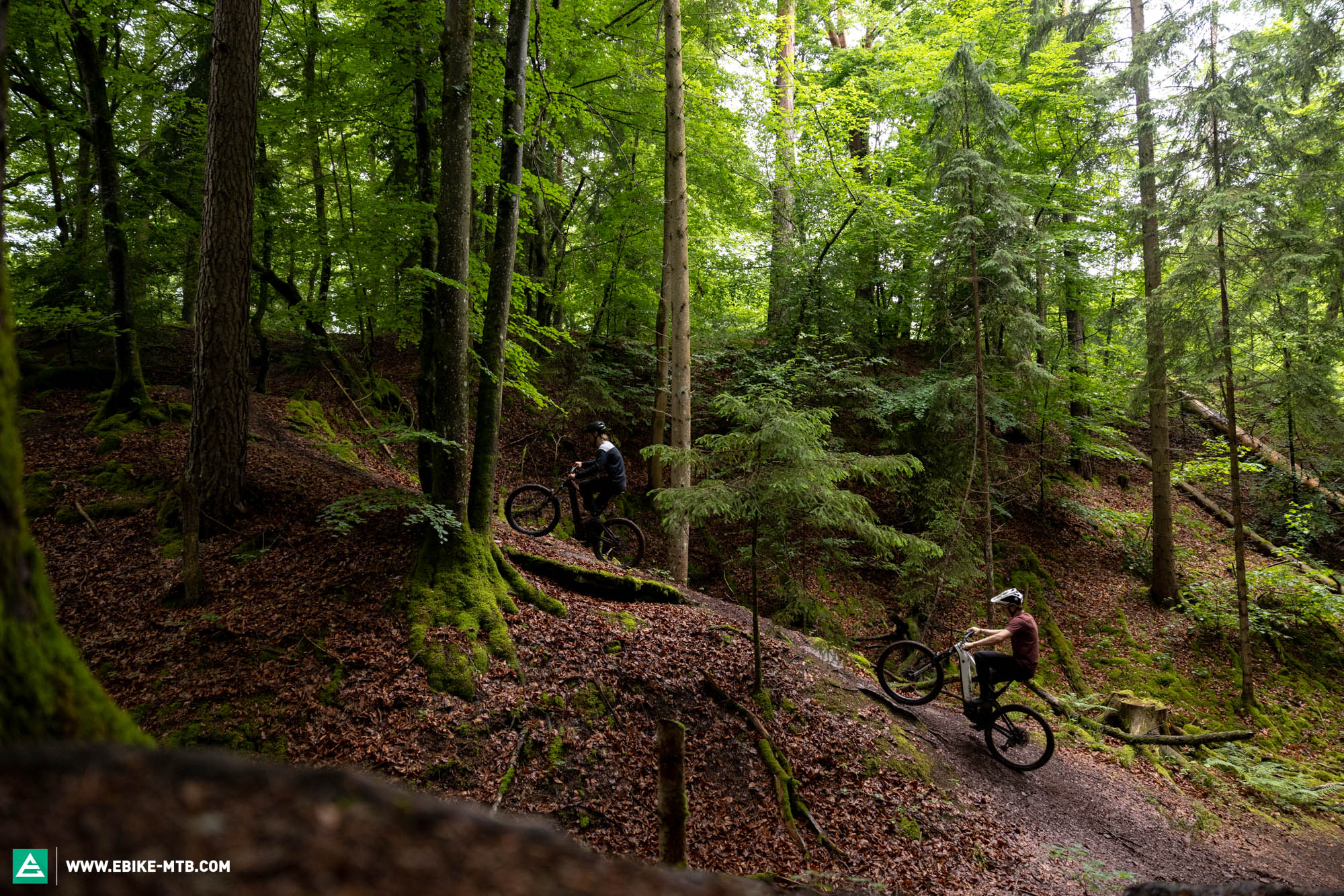
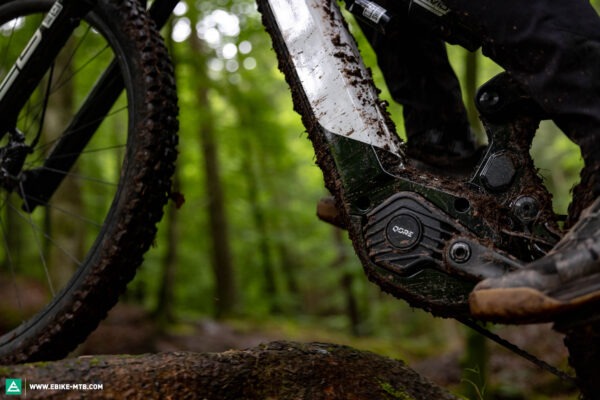
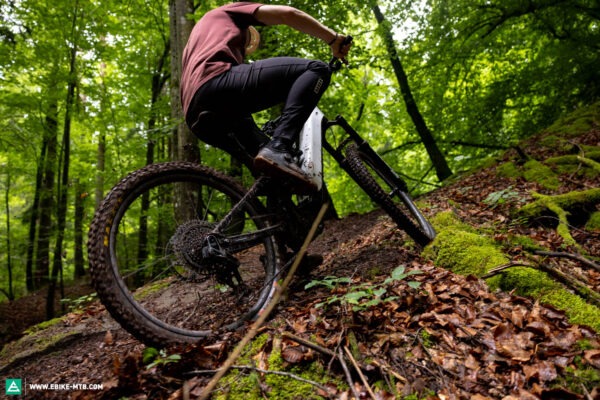
Brose, Yamaha, Qore – a new name for Brose drives?
Qore by Brose is the new brand name for Brose’s motor division, which is being taken over by Yamaha. The development team in Berlin and the existing service infrastructure are set to remain in place. Qore are being introduced as a transitional brand and are expected to stay on long term. The brand’s slogan? Born to perform. But the big question is: can the Qore by Brose concept really leave a mark?
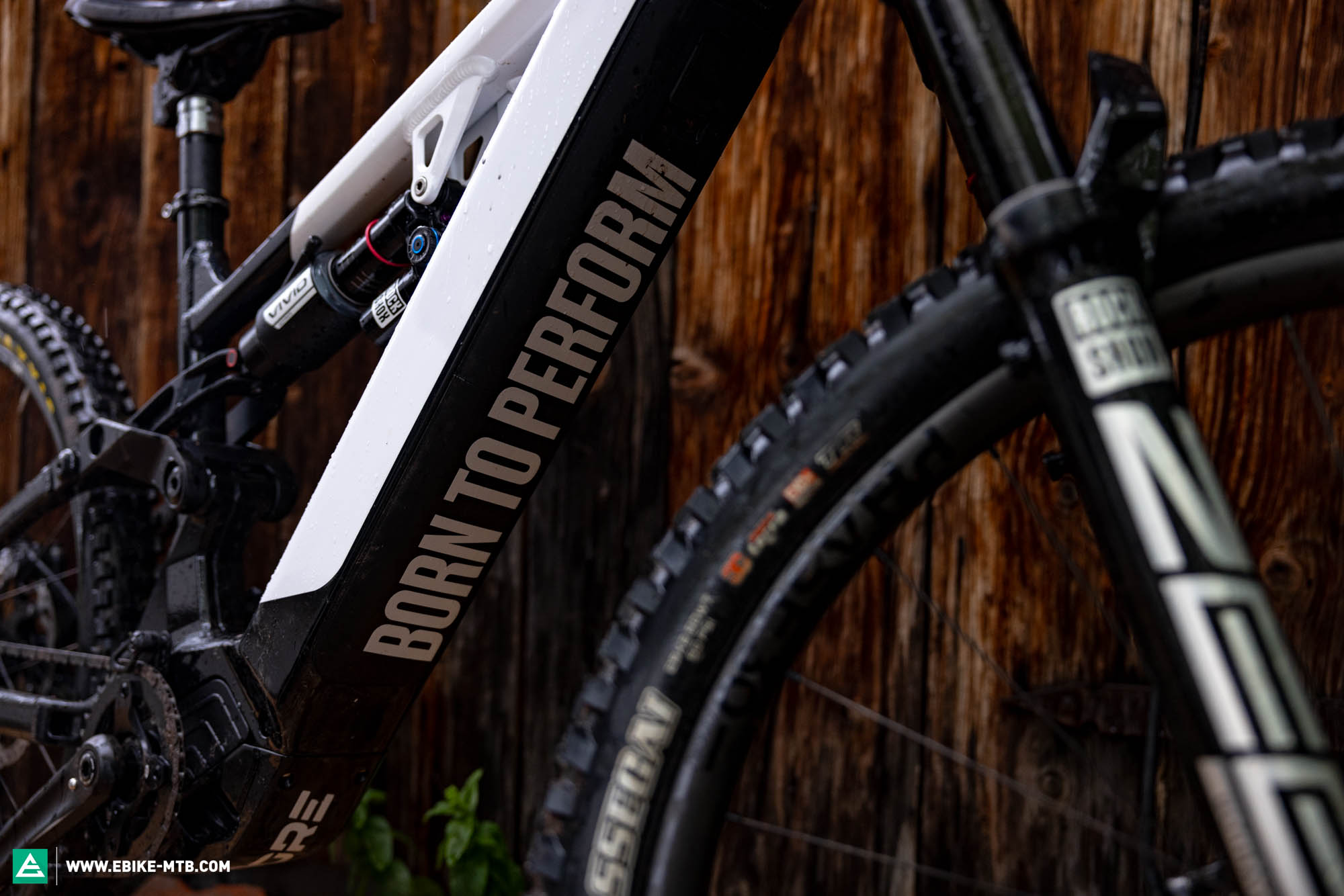
A closer look at the ecosystem behind the new Qore Drive³ Peak by Brose motor
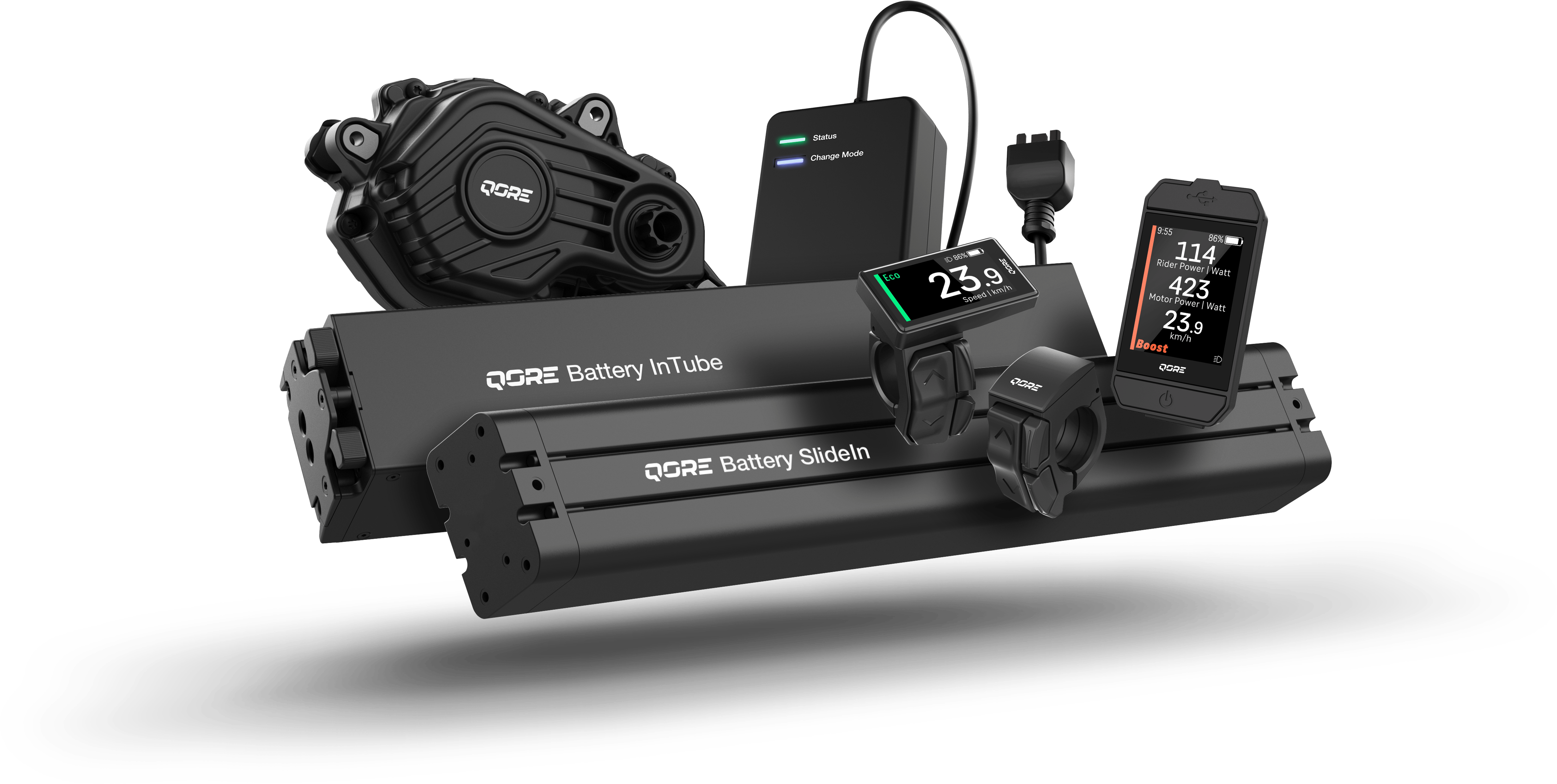
Qore provides bike manufacturers with a fully modular ecosystem to mix and match as needed.. The first bikes featuring the Qore by Brose motor system are coming from launch partners Waldbike and Campus. For this test, we received a dedicated Qore by Brose bike that won’t be available to the public. It’s purely a test mule, designed to showcase the components of the new e-bike system, which currently includes the following:
- Qore Drive³ Peak motor
- InTube 650 or 800 batteries
- Allround Controller with integrated display
- 4.5 A Smart Charger
Our test bike also featured a top tube cover where a display will eventually be fitted. This is expected to hit the market in 2026, along with a new remote unit without a screen and a SlideIn battery option.
The Qore Drive³ Peak by Brose motor in numbers
The motor delivers 600 watts peak power, up to 95 Nm of torque and a support ratio of up to 600%. At a claimed weight of 2.9 kg, it’s no featherweight and sits at the heavier end of the full-power e-bike motor spectrum. For comparison’s sake: the Bosch Performance Line CX Gen5 (100 Nm / 750 W) weighs in at 2.8 kg, while the DJI Avinox M1 (105 Nm / 1000 W) comes in at just 2.5 kg.

With their Qore Drive³ Peak motor, Brose promise powerful, smooth and finely tuned support. What’s meant to set it apart from the crowd are a handful of standout features: the Punch Mode, which delivers an additional boost at the push of a button; the adaptive One Mode, which dynamically adjusts to your riding style; and a switch to a quiet spur gear system instead of the belt drive used in previous Brose motors.
The battery package for the Qore Drive³ Peak by Brose motor
At launch, Qore are offering two InTube batteries: the InTube 800 with a nominal 792 Wh capacity, and the InTube 650 with 649 Wh. Both are charged using the Qore Smart Charger, which features three selectable modes controlled via a button on the charger itself: Eco, Standard and Fast. In Eco mode, the battery charges at 2.5 amps and only up to 85%, which, according to Qore, can triple the battery’s lifespan. Charging the 792 Wh battery to 85% takes around 5.4 hours. In Standard mode, the charger delivers 3 amps, enabling a full charge of the bigger battery in roughly 6 hours and 45 minutes. In Fast mode, it delivers 4.5 amps, charging the big battery in just 4 hours and 33 minutes. Even so, the Qore charger clearly lags behind top performers like DJI’s fast charger, which can fully recharge an 800 Wh battery in just 2 hours and 15 minutes. Further down the line, Qore plan to add a smaller 500 Wh battery and a range extender to the 48 V system.
The remote of the Qore Drive³ Peak by Brose motor
With its 1.9″ colour display, the Control Allround unit aims to impress with ergonomic design, tactile buttons and an intuitive menu layout. In practice, though, we found the remote to be quite bulky and overly exposed for serious trail use, leaving it highly vulnerable to damage in the event of a crash.
The display also struggled with visibility in bright sunlight, making it hard to read key info at a glance. And while the interface is meant to be user-friendly, we didn’t always find the controls entirely intuitive – more on that below.
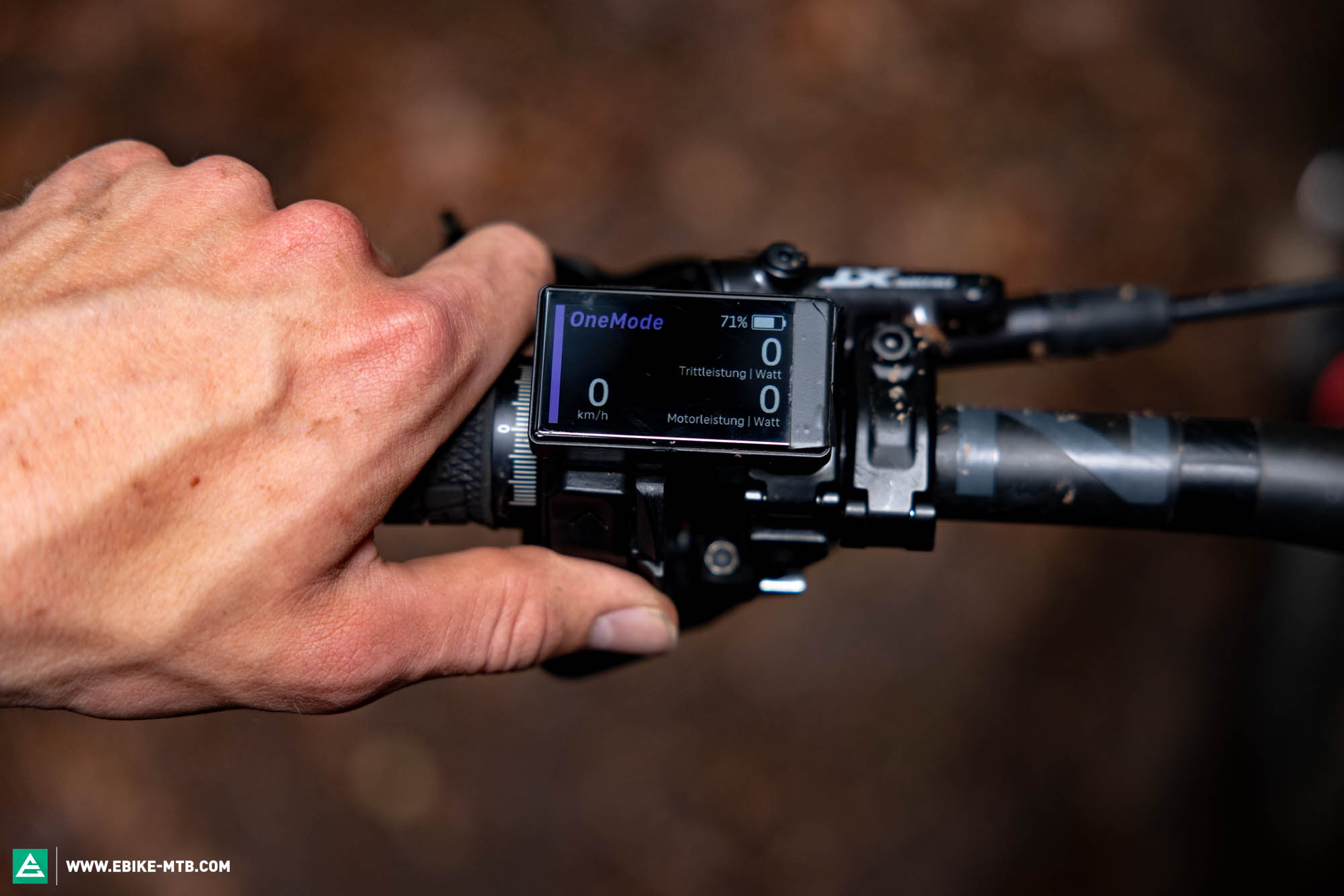
A Bluetooth interface enables over-the-air software updates, eliminating the need for a dealer visit. Through the app, you’ll be able to adjust motor settings, track your rides and analyse data. At the time of our test, the app features weren’t yet available to try. A USB-C port on the controller doubles as a charging port for your smartphone and lights, and also serves as a service interface.
The ride modes of the Qore Drive³ Peak by Brose motor
The motor offers the familiar Eco, Tour, Sport and Boost modes, which we know from previous Brose systems. New additions include One Mode, which automatically adjusts the level of support to match your pedalling input, and Punch Mode, which can be toggled via the side button on the display. Punch Mode delivers more power than Boost and unleashes peak output with extra speed and intensity.
Is the Qore Drive³ Peak by Brose motor the same as the S-Works 3.1 motor?
According to Specialized, the motor they use for the new Turbo Levo 4 differs from the Qore Drive³ Peak by Brose in several key areas. The internal gearing is different, the peak output is higher at 720 watts (compared to 600 watts for the Qore), and Specialized also use a different housing. They also fully encapsulate the motor electronics to better protect against moisture and vibrations.
Where Specialized’s in-house development really stands out is in the rest of the hardware. The display, remote and app are all clearly tailored to high-performance e-mountainbikers. In terms of usability and integration, Specialized’s cockpit is on a whole different level compared to what the Qore by Brose system currently offers. But what about on the trail? Time to take it off-road!
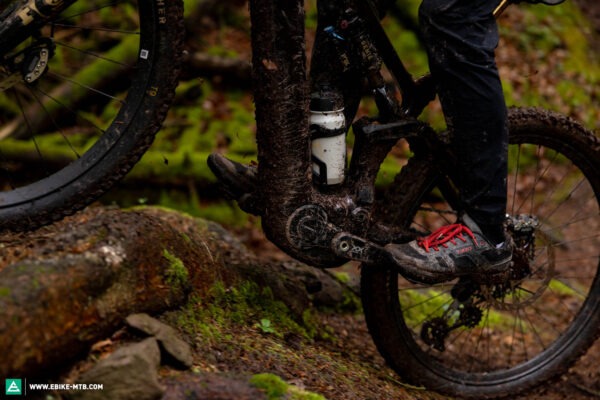
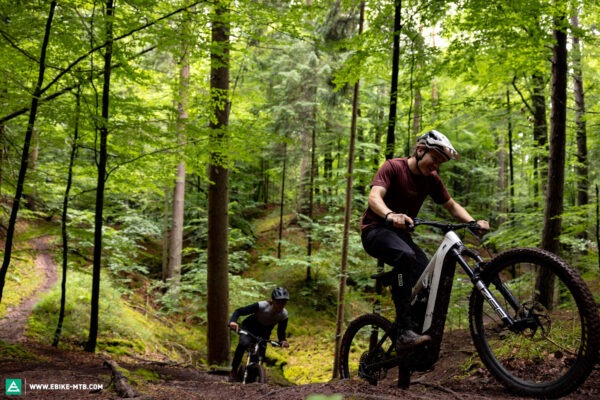
How does the Qore Drive³ Peak by Brose motor perform on the trail?
A quick glance at the motor housing reveals that the Qore isn’t the most compact unit out there. It’s slightly bigger than the Bosch Performance Line CX and Shimano EP801 drives and roughly on par with the Yamaha’s GIANT SyncDrive Pro2.
Once powered on, you can cycle through the ride modes Off, Eco, Tour, Sport, One Mode and Boost using the up and down arrow buttons. To activate Punch Mode, you have to press the lower side button outwards, and to deactivate it, push it back in. It’s a system that takes a bit of getting used to, and it’s far from intuitive when you’re riding off-road. Mapping Punch Mode to the arrow buttons would have been a far more user-friendly solution.
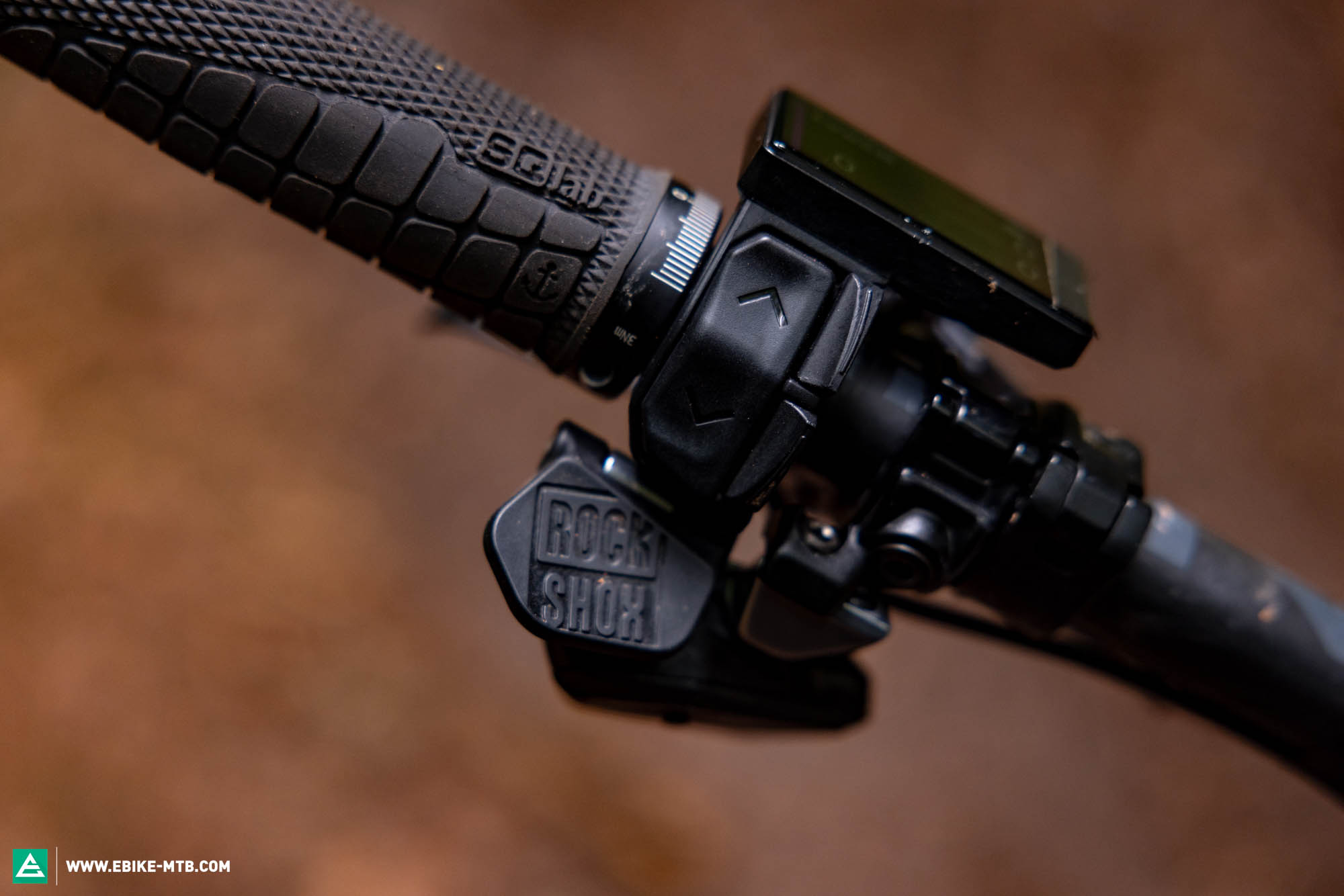
As you set off with the Qore Drive³ Peak by Brose motor, you can clearly feel the moment the motor kicks in and the cut-off at the 25 km/h threshold is just as noticeable, though not in a particularly pleasant way. On steep climbs, however, the motor comes into its own, delivering strong power to the trail with plenty of drive that’s generally easy to manage.
That said, the finesse and smooth ride feel you get from other full-power motors like the Bosch Performance Line CX or DJI Avinox M1 just isn’t quite there. In Boost mode especially, the motor feels a bit wild and abrupt, which results in a twitchy ride. On the plus side, a well-tuned overrun feature keeps the bike rolling for a short moment after a strong pedal stroke. That makes it easier to clear bigger steps or tricky technical climbs when you can’t keep pedalling continuously.
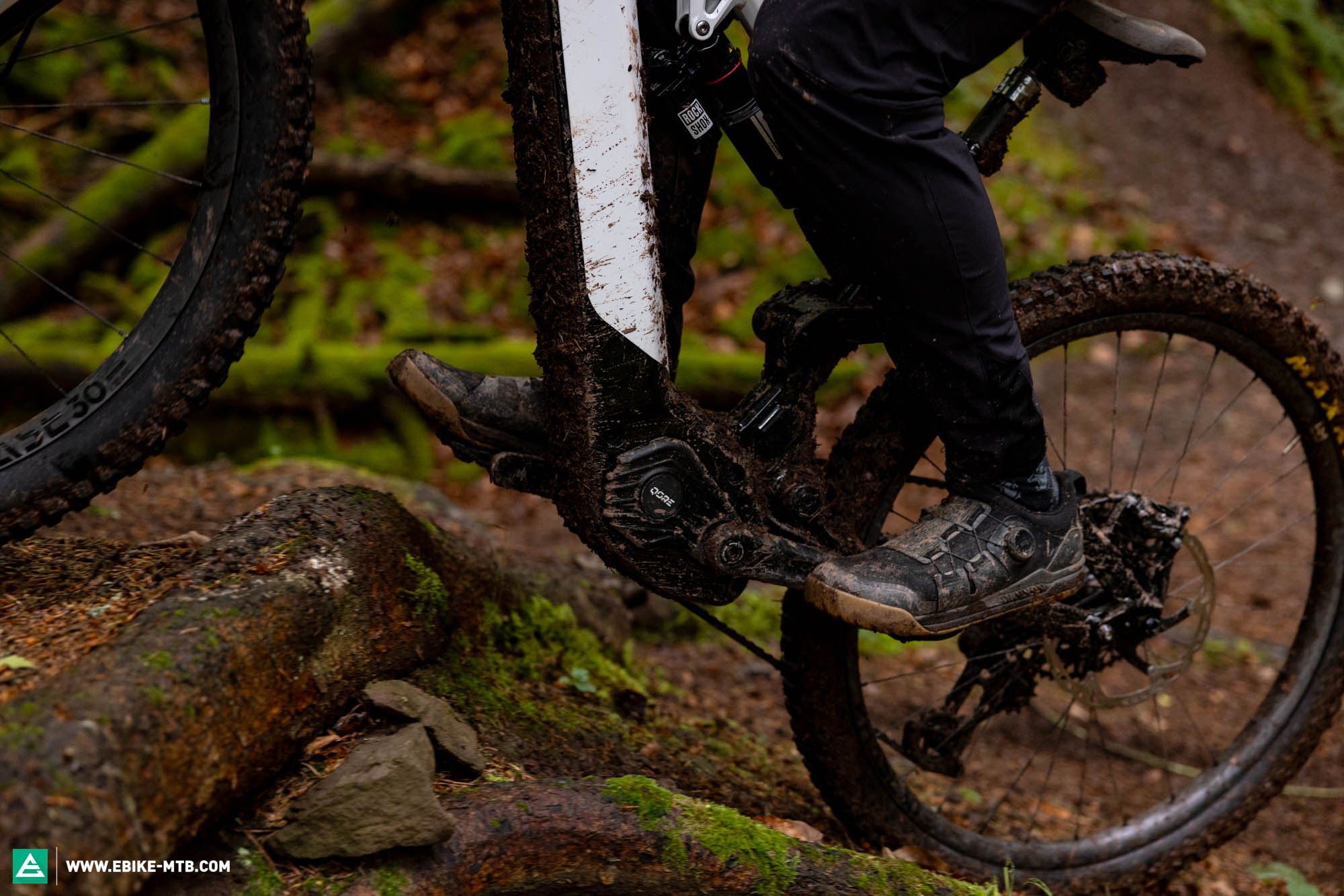
In Punch Mode, the motor feels almost too eager – just resting your foot on the pedal can be enough to launch the bike forward. By comparison, the S-Works 3.1 motor delivers its support much more smoothly, both when it kicks in and when it tapers off, resulting in a noticeably more natural and comfortable ride feel. On the plus side, the Qore Drive³ Peak runs impressively quiet. It’s comparable in noise level to the S-Works 3.1 motor and the latest Bosch Performance Line CX Gen5, working quietly and discreetly in the background while out on the trail.
Qore Drive³ Peak by Brose vs S-Works 3.1: head-to-head
We ran range elevation tests with both the Levo 4 S-Works and the Qore by Brose test bike, using the exact same route and rider input. The results show a clear difference: with the 792 Wh battery, the Qore Drive³ Peak managed 1,900 vertical metres at an average speed of 18.8 km/h. Despite having a bigger 840 Wh battery, the S-Works Turbo Levo 4 topped out at just 1,605 vertical metres – though at a significantly faster 23 km/h average.
One key reason: the Qore system reduces motor output to just 150 watts when the battery drops to the final 5%, whereas the Levo delivers full support right to the end. This lowers the Qore’s final speed but boosts climbing range by an impressive 19%, even with the smaller battery. Tire choice also played a noticeable role in the difference between the two setups.
Outdated classic or rising star? The new Qore Drive³ Peak by Brose motor
Sure, we could go on about riding characteristics, specs and performance figures. But the fact that the Qore Drive³ Peak by Brose doesn’t boast headline-grabbing numbers in terms of weight and power isn’t really the issue. The real problem is that it lacks what Specialized have: a smart, intuitive and trail-ready ecosystem. Even the best motor is only as good as the complete system. It’s part of the combination of battery setup, remote, display options, app and additional features. And this is where the Qore Drive³ Peak by Brose has nothing truly competitive to offer. It’s a shame, because instead of becoming a late bloomer, the motor first introduced back in 2023 ends up looking like a discontinued model. At least for trail use.
For trekking and city bikes, the display option may be more acceptable. But the gap becomes crystal clear when you look at the current Levo — superb remote, superb display, superb app, plus features like fast charging. Even without standout figures on paper, the S-Works system remains one of the best motor systems out there.
Another issue: the merger with Yamaha is still in progress, and there’s some uncertainty around how the collaboration will actually take shape. So it’s unrealistic to expect the development of the Qore ecosystem to suddenly shift into Punch Mode in the short or medium term. According to Yamaha, the acquisition of Brose is primarily about gaining more skilled labour within the European market. From that perspective, the takeover certainly makes sense. Let’s hope the fusion bears fruit in the long run!
Conclusions about the Qore Drive³ Peak by Brose motor
The Qore Drive³ Peak by Brose is a solid performer, but in terms of technical specs, it feels like it arrived on the market two years too late. Without a trail-ready ecosystem, it’s going to have a tough time finding its place. Even the best motor is only as good as the complete system it’s part of, and the bike it’s built into. When a motor doesn’t stand out in any key area, the ecosystem becomes even more critical and that’s exactly where the Qore system falls short. Sadly, we don’t see it having a real role in high-performance MTB use. At most, it might appeal for city and trekking applications unless the system is priced aggressively.
Tops
- Powerful motor with good modulation in One Mode
- Quiet
Flops
- Jerky response when support kicks in and cuts out
- Unrefined ecosystem
More info at www.qore-system.de.
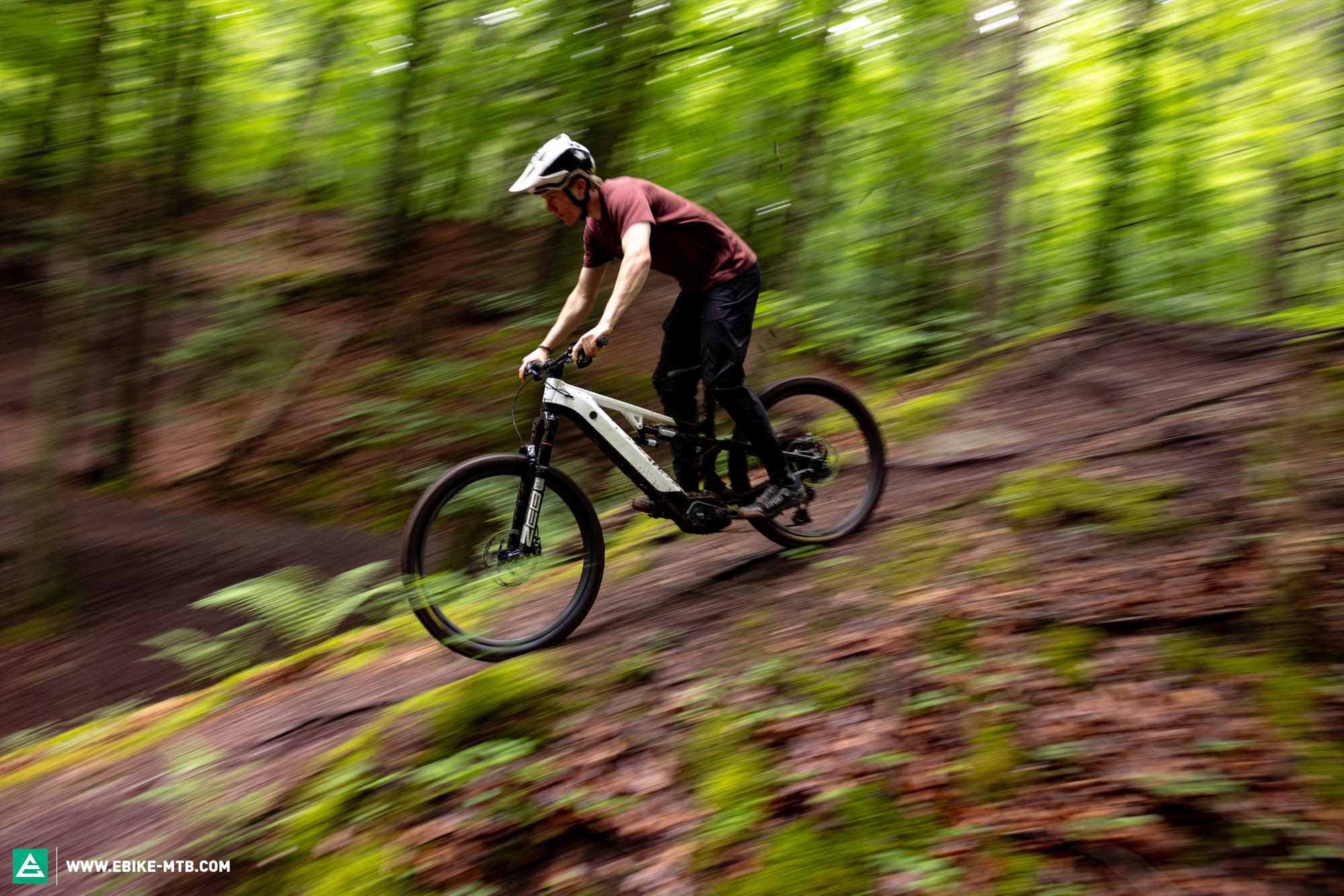
Words: Ben Karger, Benedikt Schmidt, Robin Schmitt Photos: Robin Schmitt

